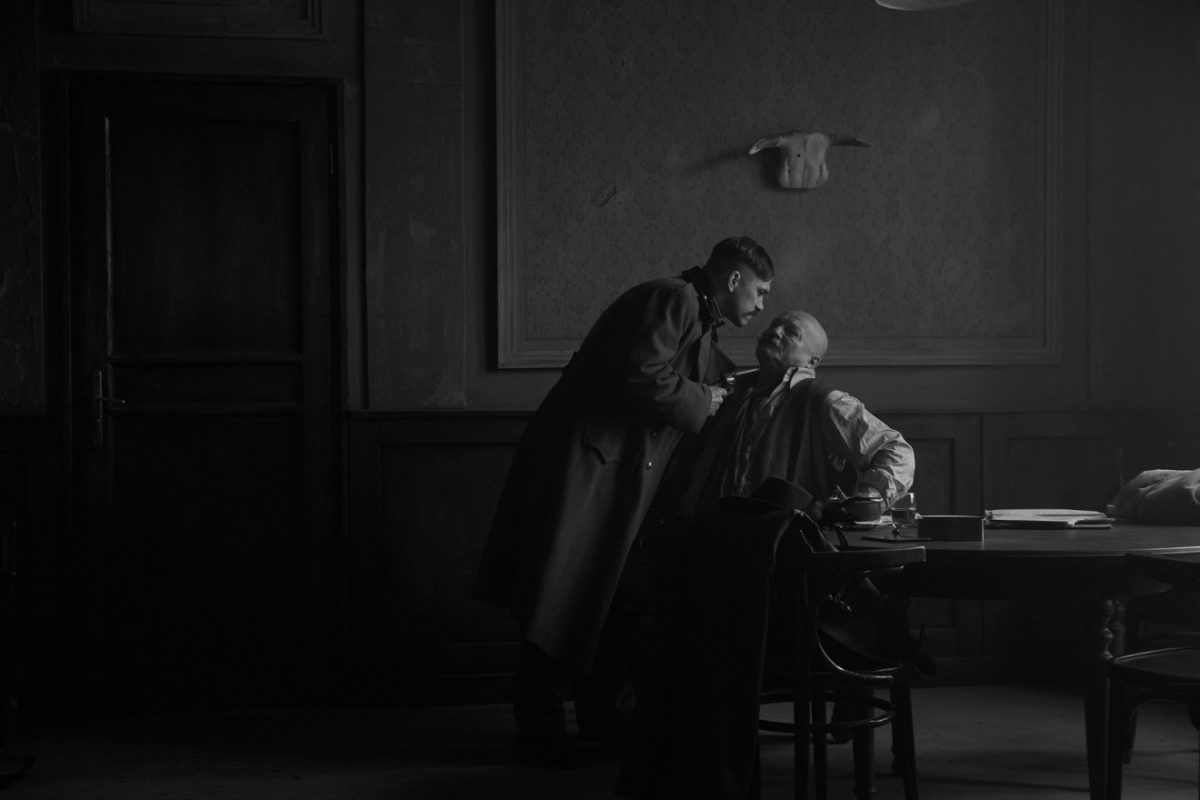Hungarian writer-director Janos Szasz’ The Butcher, the Whore, and the One-Eyed Man indeed features a butcher, a whore, and a one-eyed man. This half-blind ruffian ends up condemned to death for rescuing his harlot wife from the lustful neighborhood meatman by wielding a cleaver of his own. The film enters a lineage of titles that list three key players—such as spaghetti Western The Good, the Bad, and the Ugly (Sergio Leone, 1966) or Fassbinder’s controversial play The Garbage, the City, and Death—as a counterpoint to the works’ single-minded worldview. Here again, the title works like a key: the humanity being scrutinized is, across the board, gruesome and debased.
The setting is Budapest, 1925, in the interwar period of great socioeconomic uncertainty. We’re taught something about how this was manifested in the political situation, but the silent-era title sequence into which the history lesson is couched demands our focus. Beyond the opening scene, which recreates a brothel-dotted street with phantasmagoric decoration, Szasz preserves his energy not for deep-digging into the zeitgeist but for economically relating this true story lifted from it. Nevertheless, some surface elements of twenties cinema appear, like medium close-ups bathing in high-key light and a Manichean struggle between man and machine. We pass the Nazis on their way to meld the two into one, but the real-life characters here get to win out, instead of full-fledged mise-en-scène.
